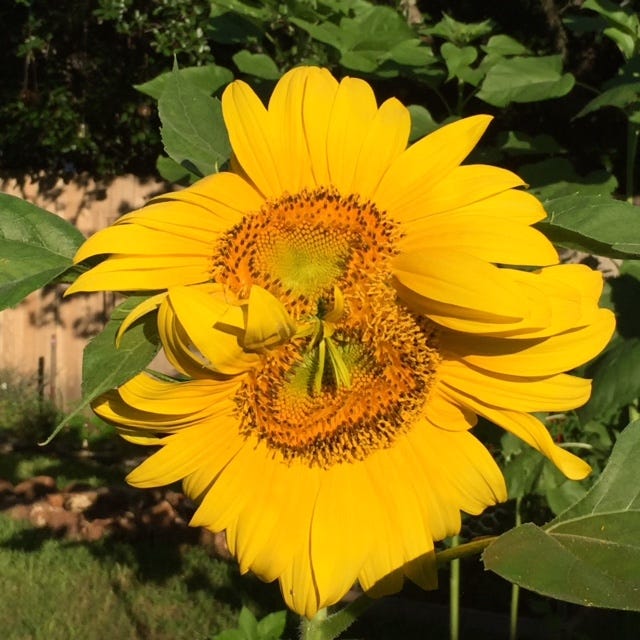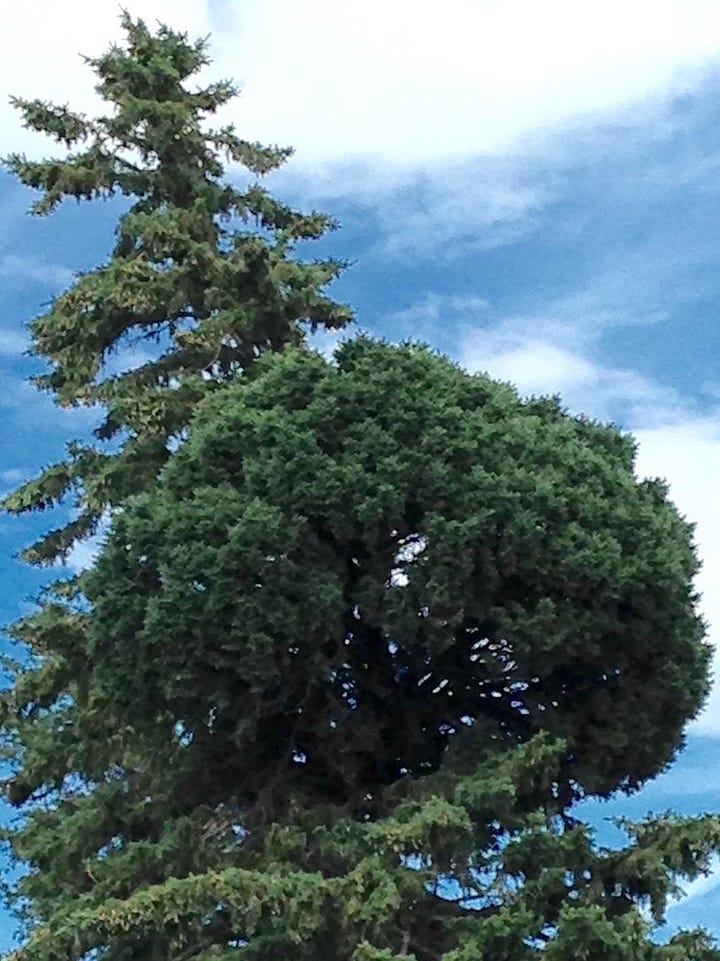There’s is a bit of botanical intrigue surrounding today’s plant. Thaumatophyllum xanadu was first introduced to the houseplant market in 1983 by a group of Australian nurseries who claimed it was a natural sport of Thaumatophyllum bipinnatifidum (you can read about that plant here).
Before we get to the intrigue, you’ll probably want to know what a sport is. We’ve talked about how easily plants mutate before in our variegation article, and a sport is just a catchall term for plant mutation. Technically variegation is a type of sport, but not all sports are variegation, if you see what I mean. The kind of sport we’re talking about here is when a mutation happens in one part of a plant that makes it grow differently from the rest of the plant. Nectarines and the Ruby Red Grapefruit are two of the more well known sports. In the case of Ruby Reds a single branch on a standard grapefruit tree suddenly grew with the characteristic pink flesh. That part of the tree was cut off, grafted and grown, and now we have pretty pink grapefruits. For the average gardener, mutated flowers are the most likely sports you’re going to spot. Here are a couple examples.


Fortunately for us, there are also spooky sports. When trees mutate the resulting sports are colloquially known as witches’ brooms. These are generally dense and compact and look like a tree growing out of another tree.


According to folklore, at least from what I could find, the aberrations are called witches’ brooms because witches were thought to both hide in them, and to use the wood to make their flying brooms. Today, the mutations are highly sought after by bonsai practitioners and tree growers alike. Here’s a deep dive from the American Conifer Society if you’re interested.
So what does this business about mutations have to do with Thaumatophyllum xanadu? Actually nothing, Australian growers claimed the plant was a unique mutation and filed for their breeders’ rights, kind of like a trademark for plants. Breeders’ rights are great for your bank account, in case you’re wondering.
But as it turns out, T. xanadu is it’s own plant, native to Brazil, and was grown from seed in Australia. Either by mistake or on purpose, the plant was claimed as a spontaneous sport, but it isn’t.
The aforementioned obfuscation, accidental or deliberate, harkens to the plant’s name, Xanadu. A name of exotic places like Kublai Khan’s summer palace, Charles Foster Kane’s pleasure mansion, that weird 80s movie I watched as kid where a guy falls in love with a lady from a painting… or something, it’s a place of illusions and opulence. Xanadu, unlike the climbing T. bipinnatifidum, is a large, low-growing plant, spreading its feathered leaves out wide in splendor, adding a little exotic mystery to your garden. But don’t stare at it too long, you might get lost inside.
So that’s it! This month’s plant will serve as inspiration for the paid posts in my 100% Plant-Based Horror sections. Here’s the breakdown, in case you’re new and/or curious.
First week of the month - The Lab (that’s this post!) - Free for everyone
Second week of the month - The Witch Lab (a short, spooky piece from a plant witch’s journal detailing one of her experiences helping (I use the term loosely) a client with the featured plant of the month) - Paid subscribers only
Third week of the month - The Spell Book (an entry from The Witch’s spell book detailing how she uses this plant for her dark magic including spells, chants, recipes, instructions, and more)
Fourth week of the month - 100% Plant-Based Horror story featuring the month’s plant. These are longer stories that include everything from ghosts, to parasites, aliens, experimental supplements, and more! - Paid subscribers only






Interesting fact about "witch's brooms"--they are often started in confers (Western hemlock, ponderosa pine, Douglas-fir) by dwarf mistletoe infestation, especially if the infestation infects the top of the tree. The damaged apical meristem stops producing hormones that suppress the growth of the other meristems, resulting multiple meristems spreading upward until one achieves dominance again.
In forestry, we would "sanitize" mistletoe infestations because it results in trees that have low value (they're not straight and they grow slower).
Thought you might appreciate one of your favorite "bad" plants being involved in that...😁
P.S. Search for "dwarf mistletoe witches broom"